Imagine one platform where you can make notes, drawings, lists and post links, neatly organised in workbooks and share this with friends, family or colleagues. Sounds rather nifty, doesn’t it?
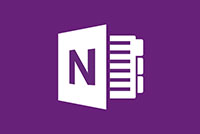 Microsoft OneNote is software for “free-form information gathering and multi-user collaboration”. (Wikipedia)
Microsoft OneNote is software for “free-form information gathering and multi-user collaboration”. (Wikipedia)
It provides a digital, shareable notebook where users can perform various actions, even post screen clippings and audio and video recordings. The software saves large amounts of information in pages, organised into sections within notebooks and has the appearance of a ring-binder in which you can save anything you write or material from other applications or websites.
This information is also searchable, can be stored in the cloud in Onedrive and is, therefore, accessible on other devices.
But what’s the difference between OneNote and a word processing programme like Word? With OneNote you can write or post anywhere on the document space by just clicking. Also, you don’t have to remember to regularly save files. OneNote saves as you work.
OneNote is available as a part of Microsoft Office and Windows 10. It is also available as a free, standalone application for Windows OS X, Windows RT, Windows Phone, iOS, and Android. A web-based version of OneNote is provided as part of OneDrive or Office Online and enables users to edit notes via a web browser.
The good news for university staff is that you don’t have to buy or install the software. It’s most likely already on your work PC. Click on the Windows button in the far left corner of your screen and type “OneNote” into the search bar.
If you would also like to use OneNote on your phone, you can download it on Google Play. You will then be able to access your notebooks from anywhere if you sync them to OneDrive.
Want to learn how to use OneNote? Here’s a handy OneNote tutorial on Youtube.
[SOURCES: http://www.pcworld.com, http://www.wikipedia.org/]


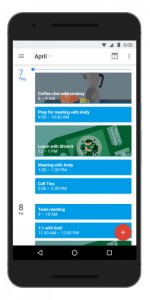
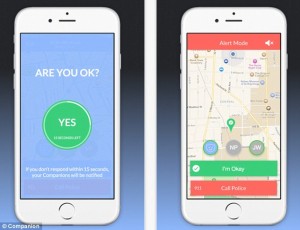 We can’t do much about the crime and violence in our country, but we can utilise technology to try and improve our safety.
We can’t do much about the crime and violence in our country, but we can utilise technology to try and improve our safety.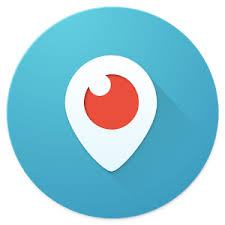
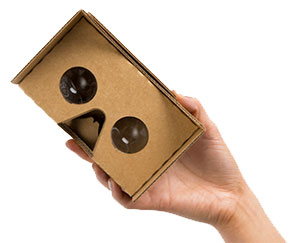 Google Cardboard doesn’t bring anything revolutionary to the table. It’s a virtual reality headset which enables you to watch 3D images and videos with your smart phone.
Google Cardboard doesn’t bring anything revolutionary to the table. It’s a virtual reality headset which enables you to watch 3D images and videos with your smart phone.